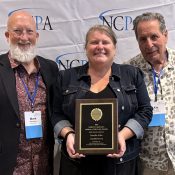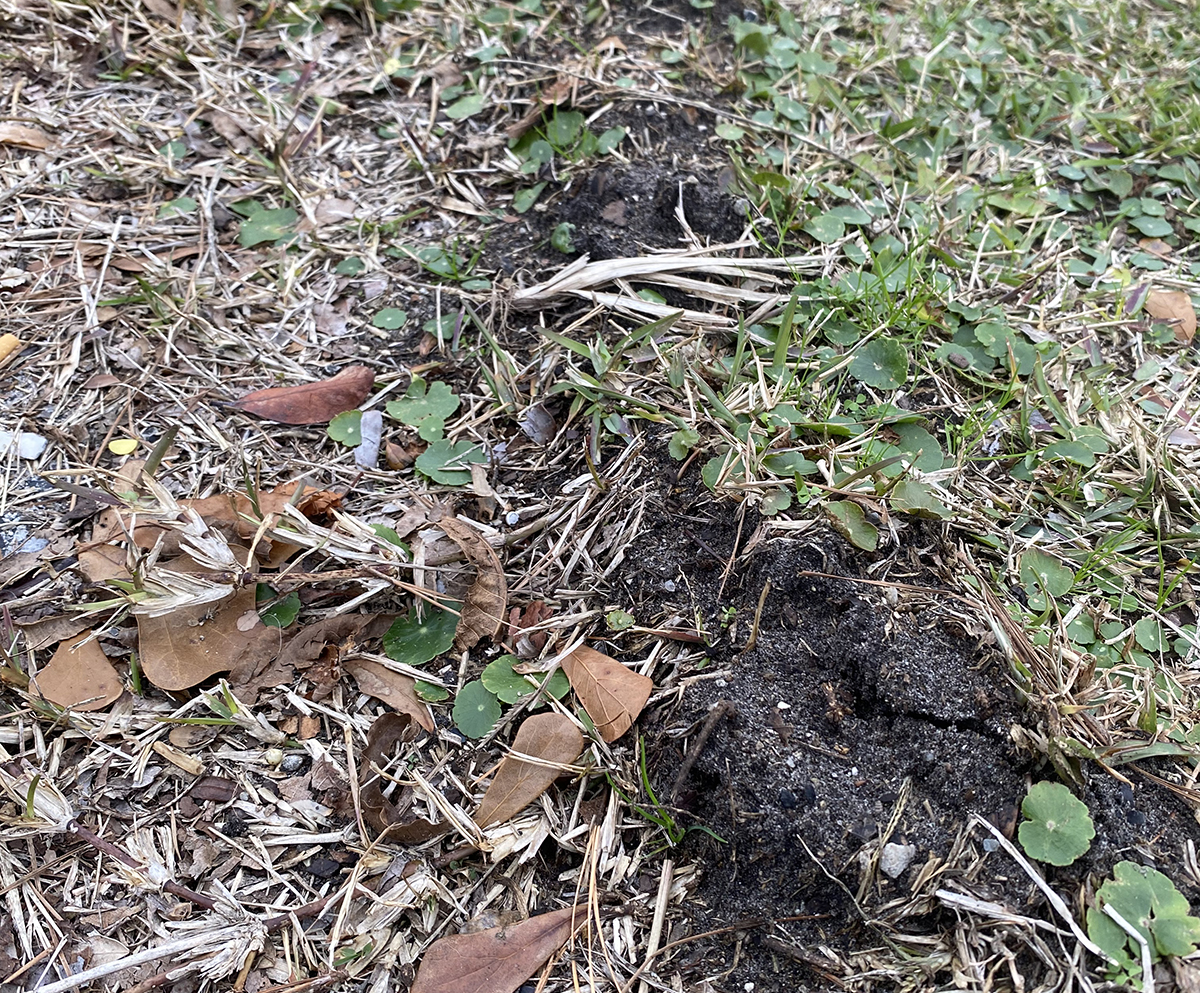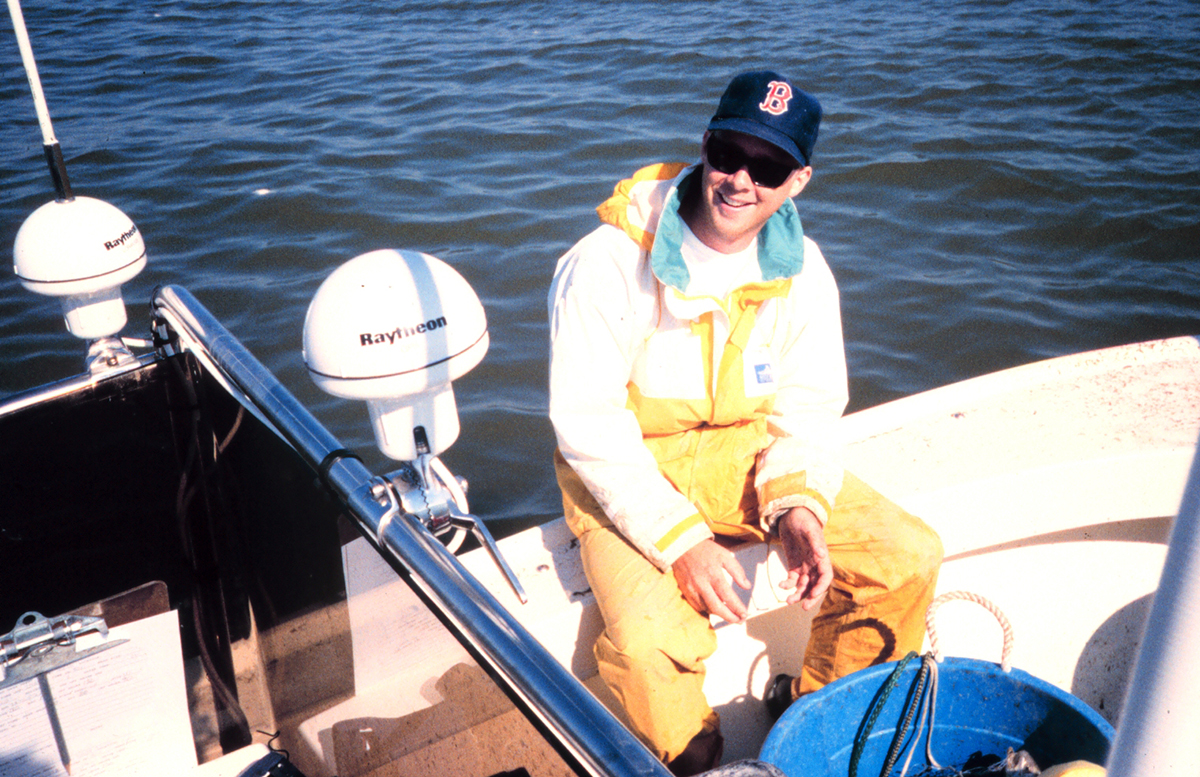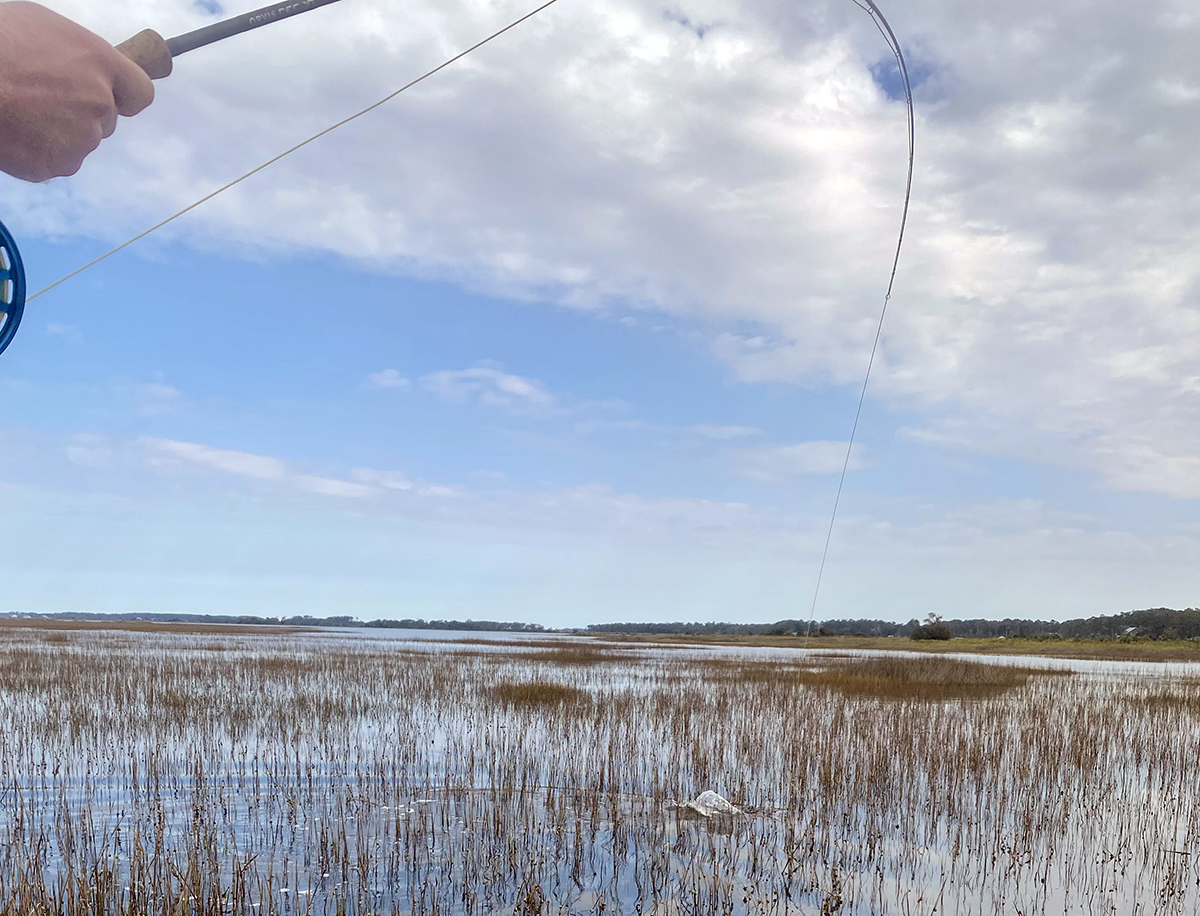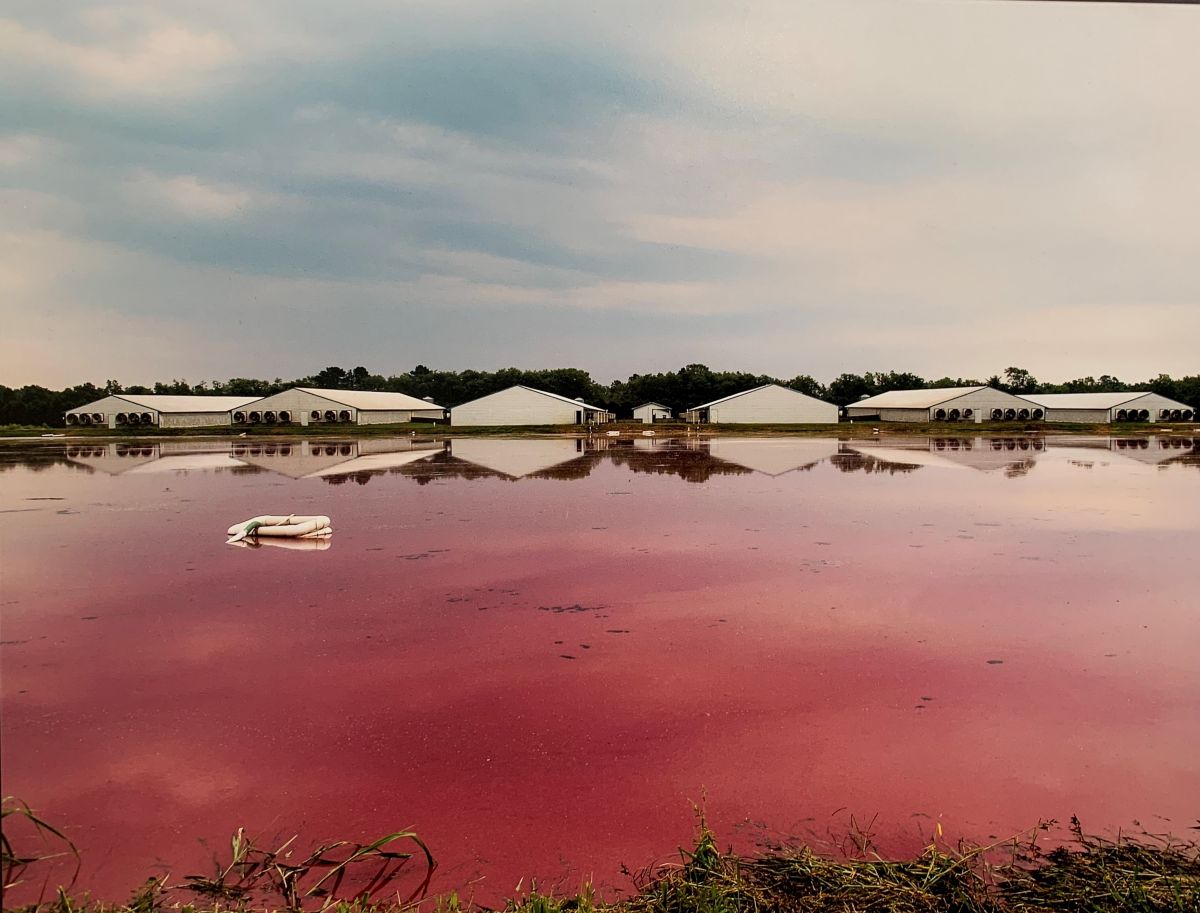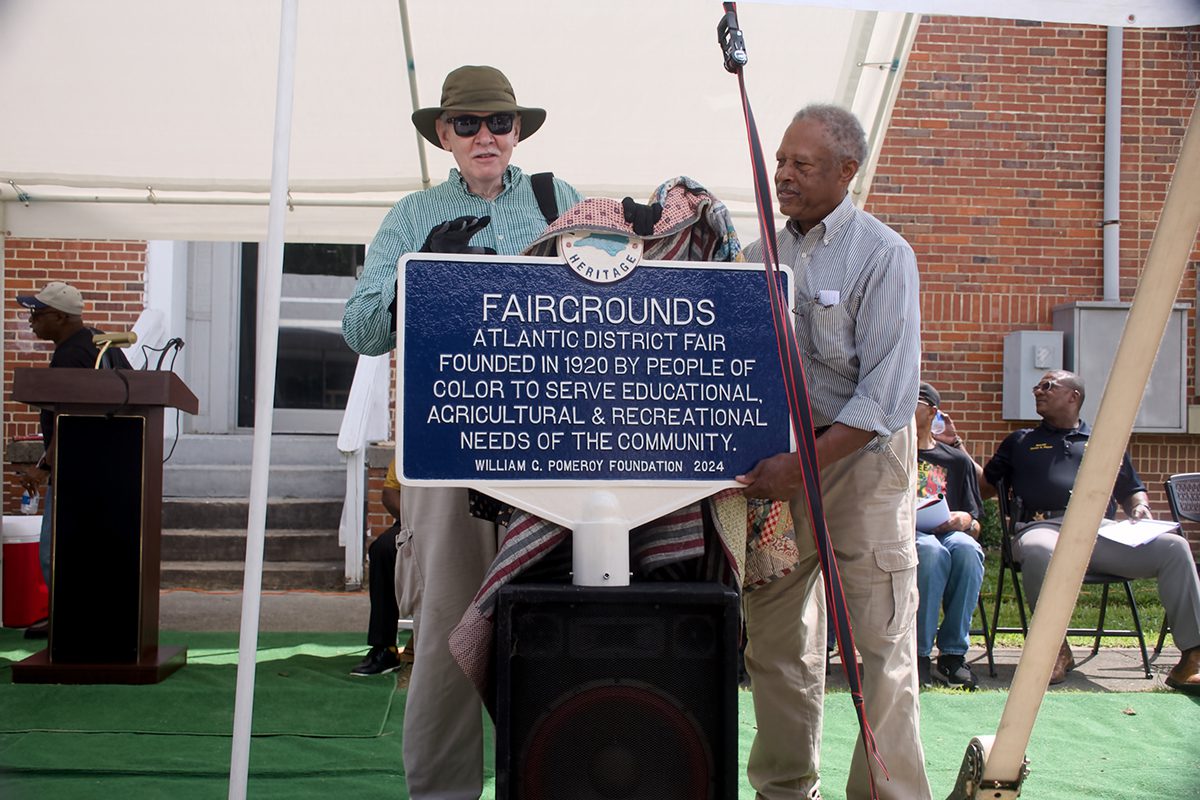
A Hometown Heritage marker telling the story of the Atlantic District Fairgrounds in Ahoskie was dedicated last month as part of a Juneteenth celebration.
The fairgrounds were, at one time, the cultural centerpiece of the region’s African American community.
Supporter Spotlight
But those times are gone. The track established in 1920 where trotters pulled sulkies for almost 90 years is overgrown and covered with grass. The brick grandstand, built in the late 1950s, is still there and from a distance looks intact, but the roof of the building next to it that once housed the stables is sagging and the paint is peeling.

The fairgrounds haven’t been used since 2010, but, for most of the nine decades it was in operation, it was a place where people of color in Hertford, Bertie, Gates and Northampton counties had the opportunity “to submit items of work and pride: preserves, needlecraft, woodcraft, cooking, livestock and art for possible prizes. It was rare for people of color to have such opportunities and rewards: to win a ribbon along with a dollar or two,” wrote Marvin Tupper Jones, executive director of the Chowan Discovery Group in a grant application for the nonprofit William G. Pomeroy Foundation.
The marker was unveiled June 14 at the R.L. Vann School Community Resource Center at 415 Holloman Ave. in Ahoskie, located beside the historic fairgrounds, during a Juneteenth program.
The Chowan Discovery Group works to preserve the history of the Winton Triangle, a 280-year-old landowning community of people of color. The Pomeroy Foundation was established in 2005 and offers several grant programs to help communities honor their history.
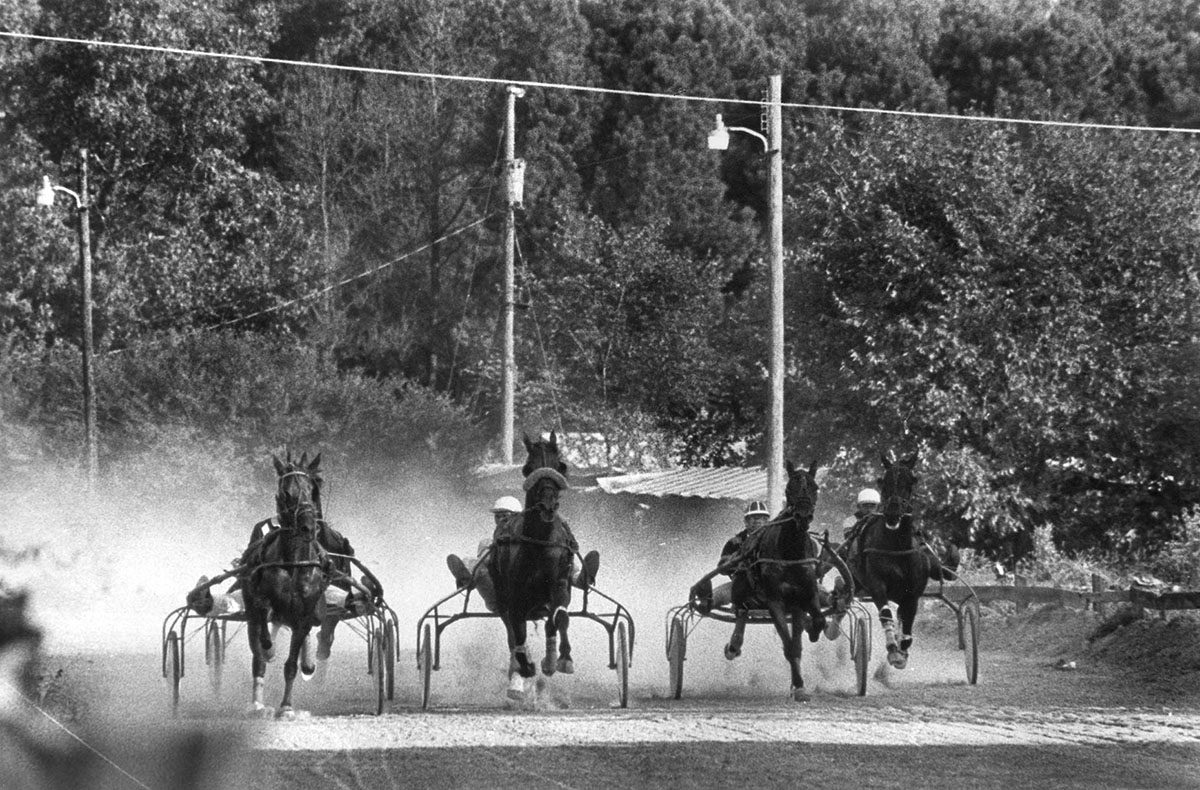
For a brief time during segregation, there were two fairs in Hertford County. The Hertford County Fair in Winton was first held 1918.
Supporter Spotlight
Prominent African American business owners and educators from Ahoskie and surrounding areas formed the Atlantic District Fair Association in 1920 after being denied access to the Hertford County Fair in the county seat.
“The Atlantic District Fair Association, incorporated, Ahoskie in Hertford county, to conduct a district agricultural fair and to promote agriculture, authorized capital $20,000, with $1,000 paid in by Augustus Sessoms of Ahoskie, C.D. Nichens, Winton and many others,” the Greensboro Daily News reported in February 2020.
The fair proved an immediate success, with the Hertford County Herald reporting on Oct. 28, 1921, “Since Tuesday, the opening day of the Atlantic’District Fair (colored), immense crowds have paid daily visits to the grounds…The opening day witnessed the smallest crowd of the 3-day fair. Wednesday’s and today’s crowds have met the expectations of the officials of the fair, who have been making extensive preparations for their initial fair.”
For three years, 1921-1923, the two fairs took place within a few weeks of one another.
But, according to the Ahoskie News Herald, by 1923 the Hertford County Fair was in financial trouble.
“The Hertford County Fair Association has called a meeting of the stockholders of the association … next Thursday, December 6. At that time a report of finances will be given and records of this year’s fair given. On account of the quick change in weather and postponing of the first day of the fair this year, the final report shows the association to have lost money, to the extent of about $350 this year (approximately $6,600 in 2025). This leaves the association worse off financially than before, and the meeting at Winton will probably decide the fate of the organization for another year,” the paper reported.
No further references to a Hertford County Fair was found in area newspapers.
Yet the Atlantic District Fair thrived throughout the 20th century. As the 32nd annual fair got underway in 1954, the Gates County Index reported in its Oct. 7 edition that, “President Clarence Chavis (had) received from Commissioner of Agriculture L. Y. Ballentine a letter in which the Atlantic District Fair was described us the third ranking fair in the state in the amount of agricultural exhibits and premiums, thus only one other fair besides the NC Stale Fair ranked higher than the Roanoke-Chowan’s Atlantic District Fair which in all its history has been promoted and managed entirely by Negroes.”
The paper did not identify the fair that ranked second.
Almost 40 years later, the fair continued to thrive. In a 1993 addendum to “History of the Atlantic District Fairground Association Incorporated … A.D. 1919 – A.D. 1991” wrote author Clarence Newsome, vice president of the association. “The 1993 episode of the Atlantic District Fair … was one of the most auspicious events in the recent history of the association.”
Paid attendance totaled nearly 8,000 people.
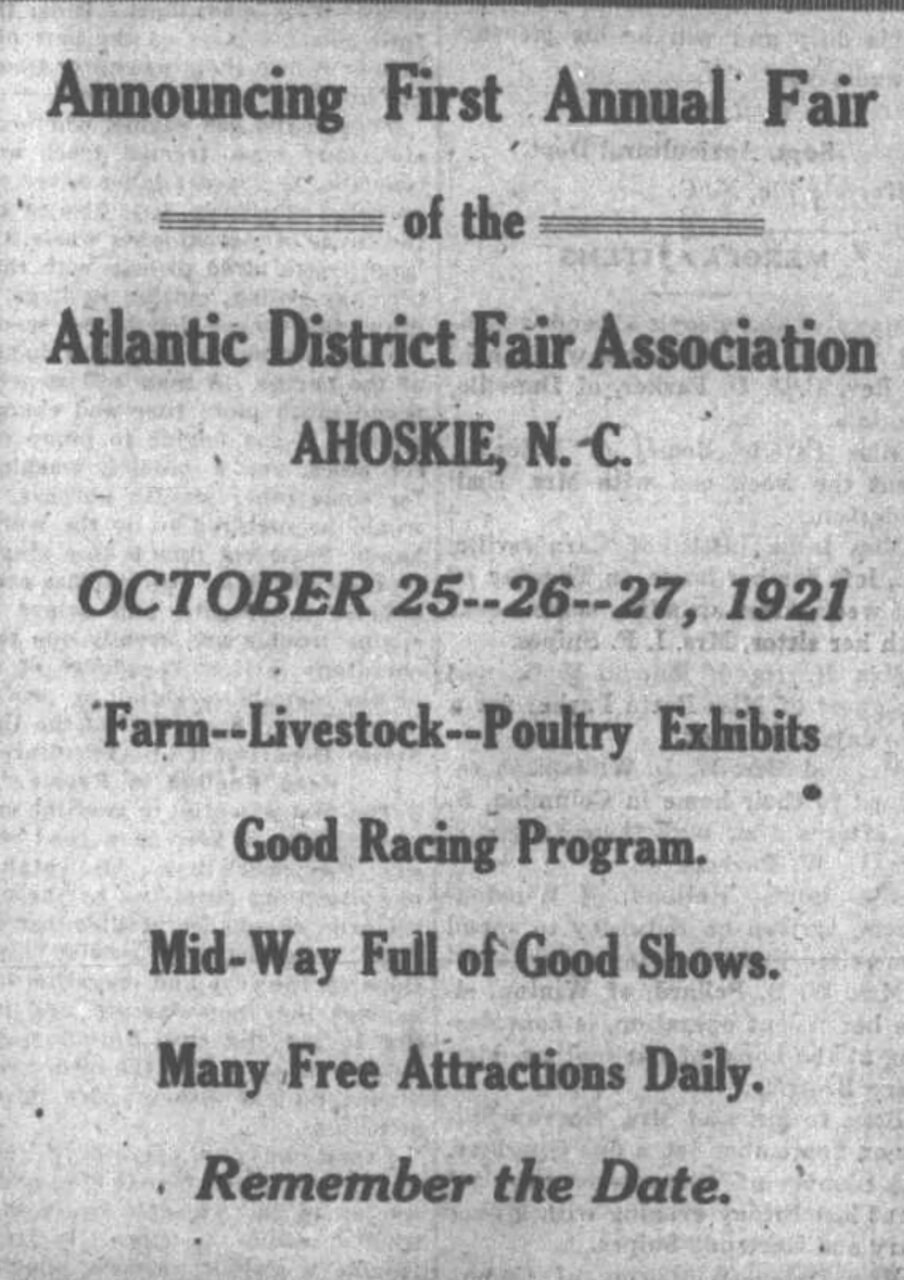
If 1993 was an auspicious year, there were storm clouds gathering.
“The population of the area started declining. A lot of the people active in the fair were business people. In the 70s,” Jones explained to Coastal Review. “We weren’t creating new retailers. We weren’t creating any more stores and business people and business people know how to run things.”
The population of Hertford County and Ahoskie have been in decline for more than 50 years, but the past 10 years have seen some of the more significant declines. From a population of almost 25,000 in the county in the 2010 census, the population is now estimated at less than 20,000. Ahoskie’s downtown district, which was at one time a thriving railroad transportation hub, reflects the broader changes seen countywide.
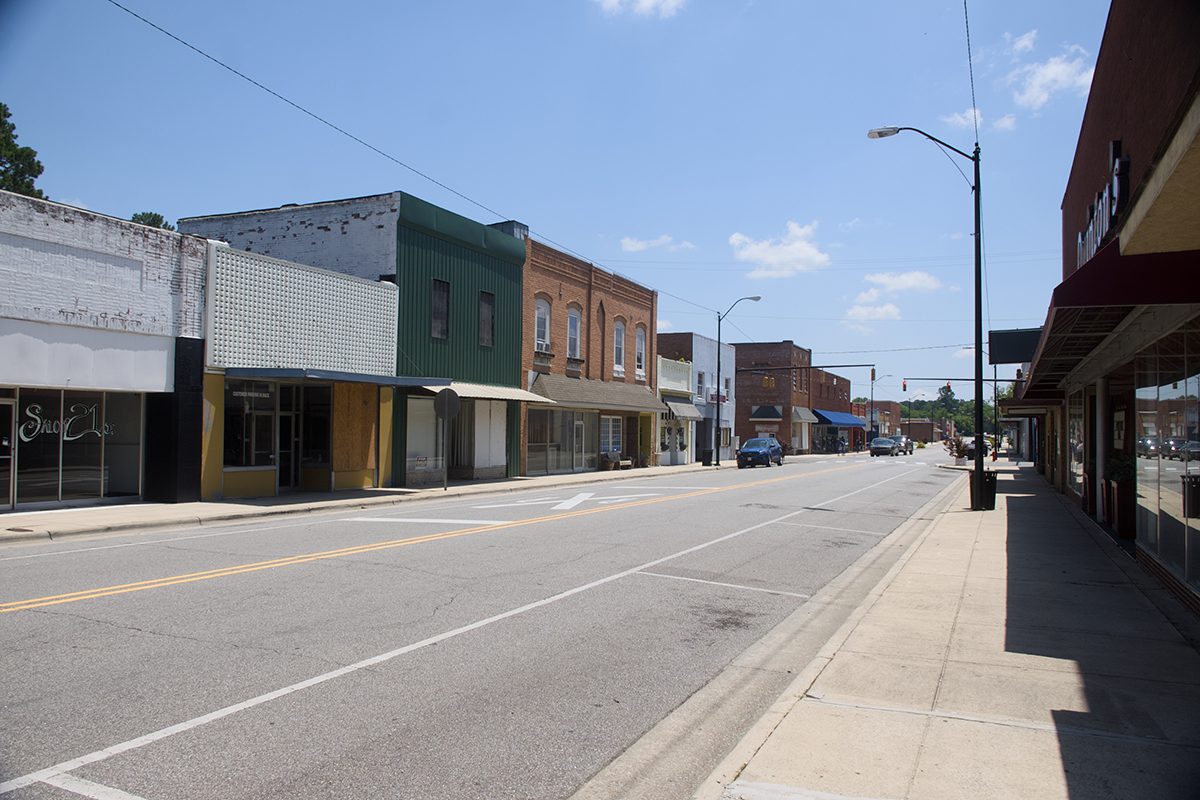
The entire downtown is a historic district, architecturally seemingly frozen in time between 1900 and 1940.
“The range of architectural styles found in Ahoskie is limited due to the relatively short period of the most of the town’s development,” wrote the North Carolina Department of Cultural Resources in documents creating an Ahoskie Historic District.
Today, however the downtown is almost entirely deserted, many of the buildings empty and in disrepair. Not all of them though. Toward the west side of town, The Sweets on Main opened in May after renovating a 1948 building that had once housed a doctor’s office. The watermelon sorbet was perfect on a hot summer day, according to this reporter.
Yet even if there are a few businesses trying to bring the downtown back, Jones isn’t sure if there is enough of the same spirit that had once created a bustling, viable downtown Ahoskie.
“I don’t know if I see a new generation of leaders,” Jones said. “In the late 60s, 70s and up, we were trying to hang on to what our parents and grandparents…had passed down to us, but we don’t see a generation behind us that’s going to bolster what we’re doing.”
This story has been updated. A previous version misidentified the date of the harness racing photo.


